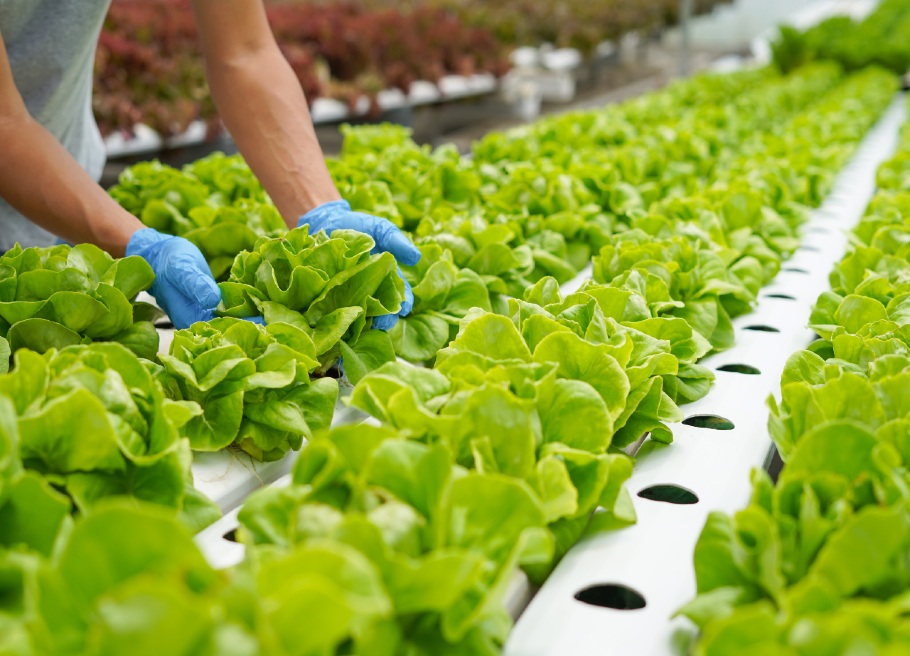The Future of Food is Two-Dimensional
By Liz Sertl
Digital technology has changed the way consumers engage with brands, retailers and information. We now expect easy access to an endless supply of information, with answers at our fingertips on an infinite variety of subjects.
The more we know, it seems, the more we want to know. Alongside the digital revolution, people are becoming more knowledgeable about health, environmental and social issues; they are connecting the dots between the products they buy and consume and their potential impacts.
As a result, food producers can expect increased scrutiny from discerning shoppers who are interested in finding information that goes well beyond the required nutritional label and list of ingredients. Consumers are developing a conscious preference for brands that align with their personal values and concerns. Many deliberately look for products that meet specific qualifications (e.g., organic, non-GMO, etc.), and brands that are visibly invested in fair trade, environmental responsibility, and more. Transparency is in high demand.
The best way to earn consumers’ trust is to give them what they want: details confirming various specific attributes like country of origin, allergens, processing, etc., and better yet, linking those facts with enriched product information and promotions such as recipes, safe cooking instructions, and sustainability. Labeling products with two-dimensional (2D) barcodes, which have virtually unlimited data capacity, enables brands to serve up a treasure trove of product details to consumers, accessible with one simple smartphone scan.
Alongside the digital revolution, people are becoming more knowledgeable about health, environmental and social issues; they are connecting the dots between the products they buy and consume and their potential impacts.
Web-enabled QR and Data Matrix codes can link to deeper details such as sourcing and processing details, the origin of manufacturing/ingredients, and sustainability practices. Even further, brand engagement can be achieved by communicating perks like promotions, coupons, recipes, and announcements.
For decades the traditional UPC has been used to identify the product and price scanned at checkout; however, it cannot accommodate the growing demand for deeper data from consumers and retailers alike. By transitioning to 2D barcodes (i.e. QR codes and Data Matrix), brands can provide greater transparency, traceability, and authentication directly on the package.
Changing the game for retailers, 2D barcodes will help improve fundamental processes from inventory management to recall readiness. Providing instant access to expanded product data enables faster and more accurate product tracking, supply chain mitigation, and risk reduction. The 2D barcode also provides a medium for addressing FDA rules and regulations such as the Food Safety Modernization Act (FSMA) and its new Rule 204 regarding increased traceability for high-risk foods.
The technological development of 2D barcodes will significantly improve supply chain operations, while also expanding opportunities for product transparency and consumer engagement.
Though linear UPC barcodes are not going anywhere, grocery and other retail industries have made a collective commitment to enable 2D barcode scanning at the point of sale by 2027. The migration will encompass collaborative work between all trading partners to begin using and developing scanning capabilities for these data powerhouses, while producers take the opportunity to build enriched product information that consumers can access. The result? Better supply chain visibility, traceability, and transparency that builds consumer confidence and engagement.
About the author:
Liz Sertl is Senior Director, Community Engagement, at GS1 US, the not-for-profit information standards organization, and has more than 20 years of experience in the CPG industry. Working closely with supply chain partners, Liz facilitates collaboration best practices and guidelines that help companies improve product traceability and supply chain visibility through the adoption of GS1 Standards. She is actively working on the Sunrise 2027 initiative to help companies transition to 2D barcodes.

-
 FeaturedRisk management
The Cost of a Breach: What a Cyberattack Could Mean for Food Safety Recalls
FeaturedRisk management
The Cost of a Breach: What a Cyberattack Could Mean for Food Safety Recalls
-
 FeaturedRisk management
Securing the Food Chain: How ISO/IEC 27001 Strengthens Cybersecurity
FeaturedRisk management
Securing the Food Chain: How ISO/IEC 27001 Strengthens Cybersecurity
-
 FeaturedRisk management
Revolutionizing Food Safety Training: Breaking Out of the “Check-the-Box” Mentality
FeaturedRisk management
Revolutionizing Food Safety Training: Breaking Out of the “Check-the-Box” Mentality
-
 GFSI Standards
GFSI 2025: Building Trust, Tech-Forward Solutions, and Global Unity in Food Safety
GFSI Standards
GFSI 2025: Building Trust, Tech-Forward Solutions, and Global Unity in Food Safety
-
 FeaturedFood Safety
Integrated Pest Management: Strategies to Protect Your Brand’s Reputation
FeaturedFood Safety
Integrated Pest Management: Strategies to Protect Your Brand’s Reputation
-
 FeaturedFood Safety Culture & Training
No Open Door Policy: Challenges That Impact Pest Control in Food Processing Plants
FeaturedFood Safety Culture & Training
No Open Door Policy: Challenges That Impact Pest Control in Food Processing Plants




